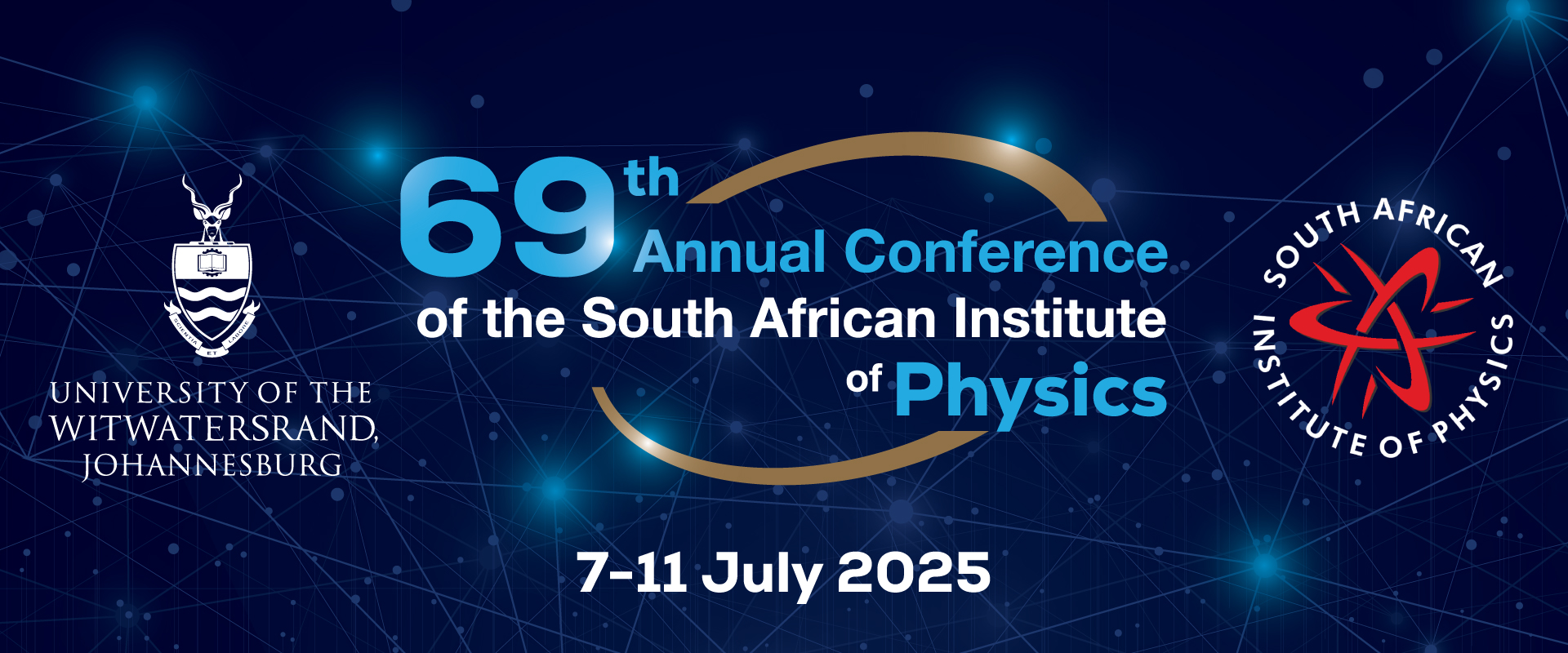Speaker
Description
Quantum entanglement is a phenomenon in quantum mechanics, whereby the wavefunction of a system of 2 or more particles cannot describe the individual particles separately. What this means in practice is that, in 2 particle systems, for example, if the quantum state of one particle is measured, then the quantum state of the other will be known or there’s statistical correlation between the two measurements. In the case of spin, which is a property of some particles like electrons and positrons that relates to an intrinsic angular momentum, this correlation depends on the detector settings chosen. For example, in a Stern-Gerlach experiment, you have a source of charged spin-1/2 particle pairs created in the centre of the apparatus (which ensures that the spins of each particle in the pair would be entangled due to conservation of angular momentum) and electromagnets on either side. In this Stern-Gerlach experiment, the spin of the particles as measured by Alice or Bob on either side of the apparatus is measured as “spin up” or “spin down” depending on where the path of either particle is bent towards the north or south pole of the magnet. In the case of spin, the correlation would depend on how the electromagnets are aligned with respect to each other. For example, if the measurement settings are parallel to each other, you would get total anti-correlation (i.e. if Alice measures a spin up on her particle, there is 100% probability that Bob will measure spin down on his). It turns out though that the correlations predicted by quantum mechanics cannot be explained classically under reasonable assumptions like locality (i.e. information cannot travel faster than light) and realism (that the particles have definite states whether or not they are measured). This was initially shown in a paper by John Bell in 1967, where starting with the assumptions of locality and realism, he derived an inequality that any such classical correlation should obey, however quantum mechanics predicts that this inequality can be violated which thus proves that if quantum mechanics were correct then one of Bell’s starting assumptions must be incorrect. Later experiments by Anton Zeilinger and Alain Aspect etc, nonetheless confirmed the predictions of quantum mechanics in the case of spin. The original Bell’s inequality and the experiments afterwards only took into account non-relativistic quantum mechanics though. However, from 1997 onwards, there have been theoretical developments showing that the usual Bell variables are not Lorentz invariant, meaning that 2 observers in 2 different inertial reference frames might disagree on whether or not Bell’s inequality is violated. This is due to a relativistic effect called Thomas rotation. Previous authors on the topic suggest the fact that the usual Bell variables are not Lorentz invariant could cause problems in practical applications that require the violation of Bell’s inequality in order to work (such as quantum key cryptography, for example. Thus there have been attempts to define Lorentz invariant Bell variables. Those previous attempts usually involved modifying the the Bell variables in a way describes how to modify the detector settings to get the maximal violation in the lab frame. This may not practical, so we came a different approach that in involved proving a new inequality combining different instances of Bell variables in such a way that the effect of Thomas rotation cancels out thereby making this combination of Bell variables Lorentz invariant. In this presentation, this new Bell inequality will be presented.
| Apply for student award at which level: | PhD |
|---|---|
| Consent on use of personal information: Abstract Submission | Yes, I ACCEPT |

